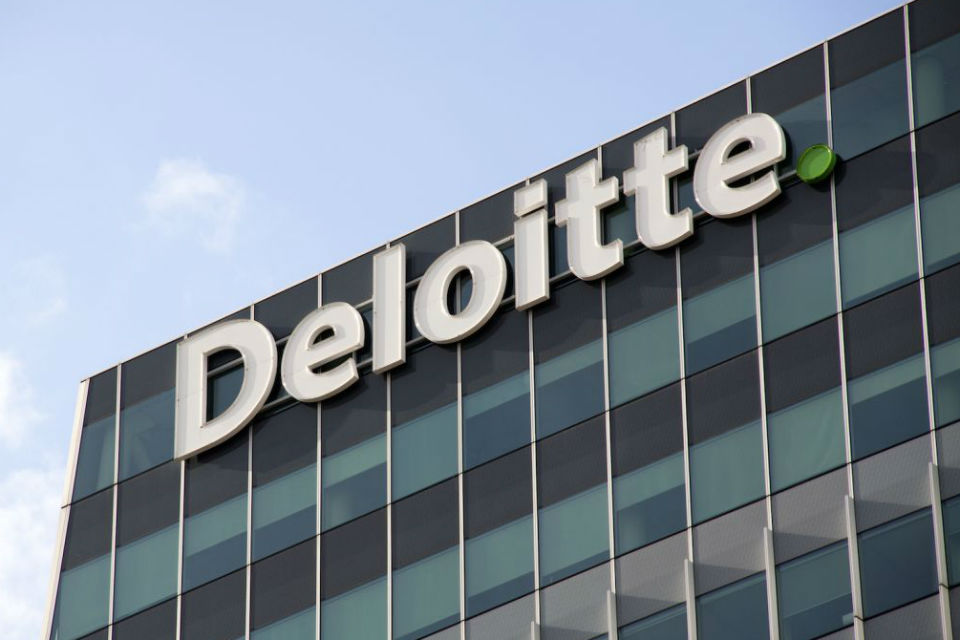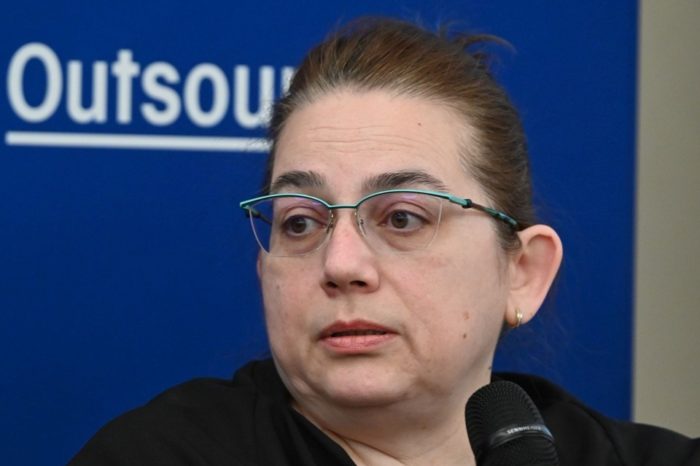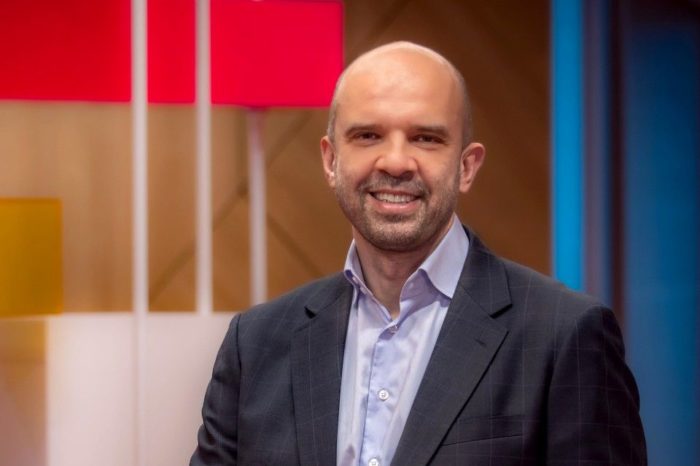Deloitte study: Increased sales of health wearables and of gaming consoles; semiconductor shortage will continue in 2022

The global health wearables market, already big, is expanding fast, as 320 million health and wellness devices dedicated to consumer market will be sold worldwide in 2022 and that figure could reach 440 million units by 2024, according to Deloitte 2022 TMT (Technology, Media and Telecommunications) Predictions. Smartwatches are seeing rapid consumer adoption, as people use them not only to monitor steps by day (59%), workouts/athletic performance (42%) and heart health (37%), but also possible COVID-19 symptoms (11%), through functionalities such as alerts in case of low peripheral oxygen saturation – a life-threatening symptom that is hard for people to detect unassisted.
The Deloitte report also estimates that the gaming market will reach 900 million consoles in 2022, which will generate revenues of US$81 billion, up 10% from 2021 and substantially higher that revenues generated by users of mobile and PC games. Beyond 2022, console software sales are expected to continue growing, reaching close to US$70 billion by 2025.
The semiconductor shortage, driven by a significant surge in demand in the context of the digital transformation accelerated by the pandemic, will extend in 2022, the report underlines, and it will have lasted 24 months before it recedes with some components. Nevertheless, the shortage will be less severe than in most of 2021 and it will not affect all chips. In these circumstances, venture capital investment in semiconductors is taking off to fill the demand for new kinds of chips, the report estimating that these firms will invest globally more than US$6 billion in semiconductor companies in 2022.
“The pandemic has brought along opportunities for the technology, media and telecommunications industry, by creating a context that led to increased interest from the consumers and to the rise of market niches, but it has also generated greater competition among players, such as those in the streaming video services segment. In Romania, various opportunities, such as additional access to capital which will continue to accelerate the adoption of technology, will help overcome the challenges brought by the sanitary crisis. One such initiative is the National Recovery and Resilience Program, aiming at encouraging investments amounting to €500 million in the development of microelectronics. The first call for projects intends to target low-power processors and semiconductor chips, an initiative that might address the shortage registered worldwide in this sector,” stated Andrei Ionescu, Partner-in-Charge Management Consulting and Risk Advisory, Deloitte Romania.
When it comes to video-streaming on demand, the report estimates that in 2022, at least 150 million paid subscriptions to these services will be cancelled worldwide, with churn rates of up to 30% per market. Across Europe, churn ranged from 7% to 23% as of mid-2021. But in 2022, the European market is likely to become more competitive, and higher churn will be the probable result, although it is still expected to stay below 25%.
Floating solar panels, known as floatovoltaics, which are now commercially viable, have entered the renewable energy mix, allowing places that don’t have enough land to build large solar arrays on lakes and reservoirs instead. Deloitte TMT Predictions report underlines that the aggregate installed capacity of floating photovoltaics (FPV) will reach 5.2 gigawatts peak globally by the end of 2022, representing US$4–5 billion in spending, mainly in Asia. FPV could also gain ground in Europe, where favorable policies toward renewable energy, such as Fit for 55, the EU’s commitment to cutting emissions by 55% by 2030, could accelerate the adoption of new renewable energy technologies such as FPV.
Wi-Fi 6 devices, using the latest iteration of the Wi-Fi network, are outselling 5G devices by a large margin and will likely continue to do so for the next few years, with estimated sales of at least 2.5 billion Wi-Fi 6 devices in 2022, versus roughly 1.5 billion 5G devices. Nevertheless, companies are preparing for coadoption, as 98% of executives expect their organization to use both technologies within three years. Deloitte TMT Predictions report highlights that advanced wireless is a strategic priority for the enterprises, as eight in ten executives are expecting these technologies to transform their enterprises substantially by 2023, changing how they operate, develop new products and business models and engage with customers. Companies already regard Wi-Fi 6 and 5G as the most critical wireless technologies for their businesses, as 65% of executives expect Wi-Fi 6 to be a top-three critical wireless technology for their business by 2023 and 76% expect 5G to be in the top three as well.
Deloitte TMT Predictions report provides annually an outlook on technology, media and telecommunications trends that may disrupt and transform the business and consumer ecosystems worldwide.














